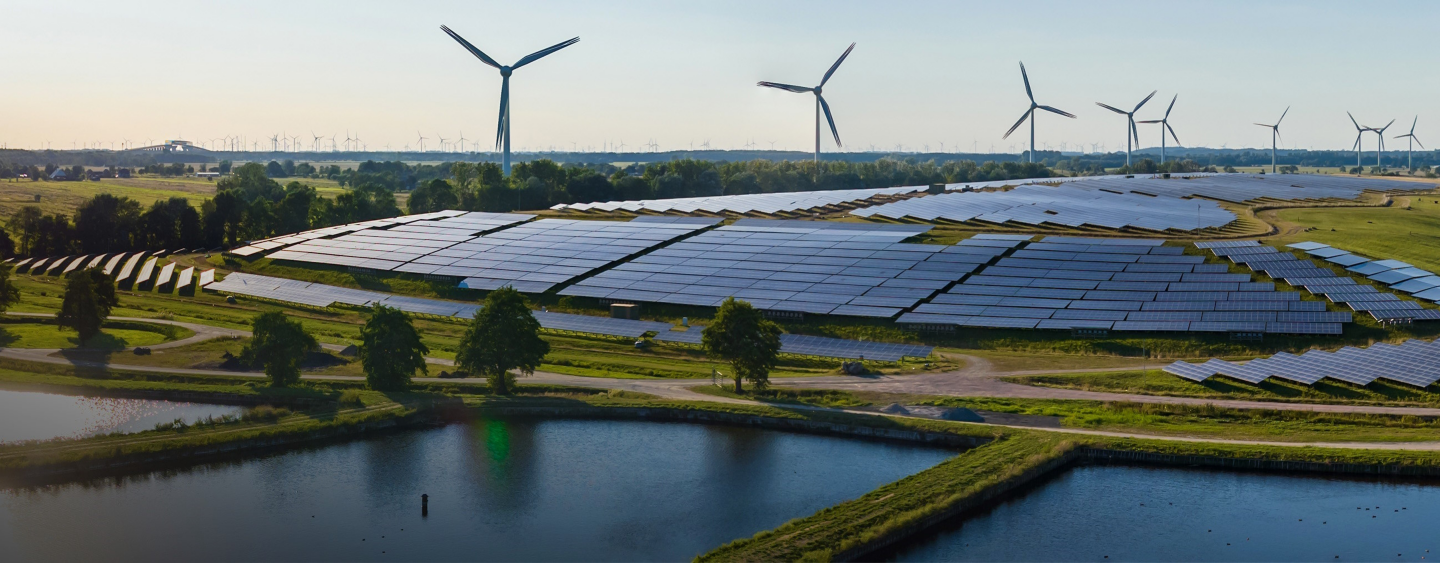The world is in an accelerated phase of an energy transition.
Ongoing global issues, such as climate change and the energy crisis, are stark reminders of the vulnerability and unsustainability of our current energy system.
The pathway towards carbon-neutral energy is essential to limit further global warming.
To avoid the most severe impacts of climate change, we need to ramp up electrification and renewable energy sources, such as wind and solar whilst gradually minimizing fossil fuel energy consumption.
Electricity will be the crux of a carbon-neutral energy system
Electrification will, therefore, be the backbone of the entire future energy system. Besides being a more sustainable solution, renewable-based electrification will significantly improve energy efficiency in many applications across all market sectors, industries, buildings, and transportation.
By 2050, the global power system is expected to have an installed power generation capacity of around four times that of today and be transferring around three times the electrical energy.
Navigating the complexities of the energy transition
Tomorrow's power system will undoubtedly become much more complex to accommodate this huge growth in supply and demand.
Additionally, transforming our existing power system into one that is powered by a high share of variable renewables also comes with several technical challenges that will need to be managed:
- Firstly, a phased approach will be required to upgrade and significantly expand many parts of our current power system infrastructure and integrate new technologies to keep the total system reliable, flexible and secure.
- Secondly, although renewables like wind and solar provide energy at very low generation costs, they are also less predictable than fossil-based power generation. Therefore, power generation patterns will have significantly higher variations from day to day.
- Thirdly, meeting the rising and more dynamic electricity demand requires integrating much larger volumes of renewable energy between different regional power grids across time zones and geographies. Luckily, there are modern power electronics and digital technologies available and under continuous development that can help manage this complexity.
Lastly, complementary energy storage is required to balance the power in a renewable-powered system to store energy when it is abundant and release it when demand is higher.
Building global electricity networks
The energy transition is a truly momentous undertaking.
Building an integrated global solution requires innovation and collaboration. Although each country and region will have an individual, tailored approach to upgrade and enhance its energy system toward sustainability, it is crucial for a successful energy transition that collaboration across regions and countries takes place as much as possible.
Hitachi Energy is supporting and building the vital electrical infrastructure needed. This ranges from small to large scale, whatever the specific boundary conditions for a country or region may be, by utilizing global experience and platforms and adjusting them to the local needs.
We are in the critical decade of accelerating climate action and must act now to guarantee a sustainable energy future for all.
If you would like to learn more about how Hitachi Energy can provide your organization with tailor-made solutions, please contact us here.
Note: This blog was originally published on the Earthshot Prize blog in May 2023, which can be found here.
